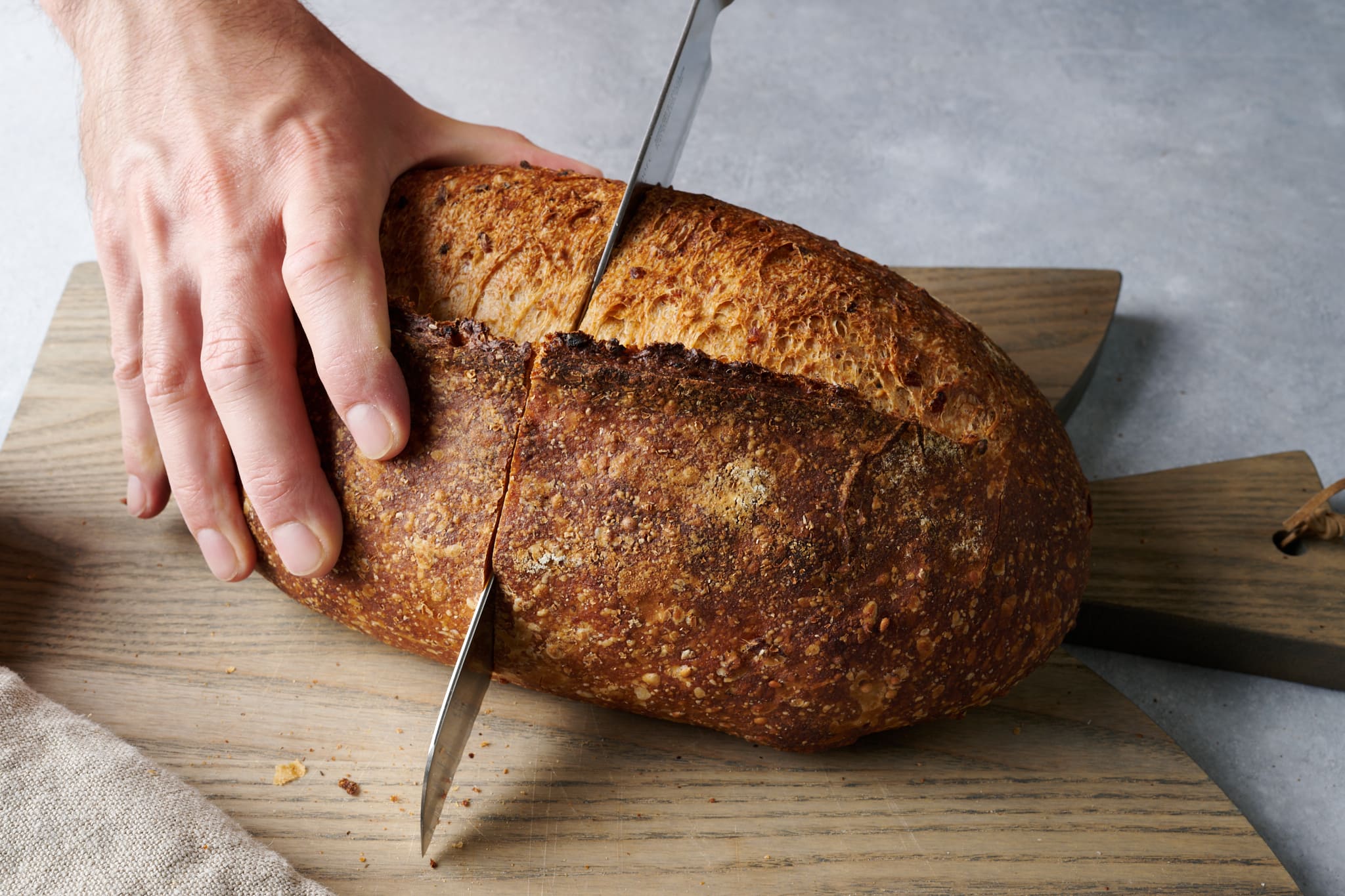Crafting Authentic Japanese Knife Handles: A Detailed Guide
Written By James Morgan
For barbecue enthusiasts, having the right tools is crucial to mastering the perfect grill. One can't underestimate the importance of a reliable knife when preparing meat. A Japanese knife, known for its excellence, stands out. But, crafting an authentic Japanese knife handle can elevate the entire experience, giving you both aesthetic pleasure and practical benefits.
In this guide, we will dive deep into how to make a Japanese knife handle. This journey will not only enhance your barbecue skills but also instill an appreciation for traditional craftsmanship. Let's uncover this intricate yet rewarding process step by step.

Materials Needed for a Japanese Knife Handle
Before diving into the procedure, let's go over the essential materials you'll need:
- Wood Selection: Maple, walnut, and ebony are commonly used for their durability and aesthetic appeal.
- Epoxy Resin
- Sandpaper (Various grits)
- Wood finish or oil
- Clamps
- Chisels and Files
- Table saw or handsaw
Choosing the Right Wood
Choosing the right wood is pivotal. Different types resonate with different personalities and uses. Maple provides a lighter, almost creamy look, perfect for an intricate yet clean design. Ebony offers a dark, sleek finish for those looking for a more sophisticated and classy handle.

Step-by-Step Guide to Crafting a Japanese Knife Handle
Now, let's move on to the actual crafting. Follow these steps carefully to create a stunning and functional handle for your Japanese knife:
Step 1: Measuring and Cutting the Wood
Begin by measuring the tang of your knife. The tang is the part of the blade that will be inserted into the handle. Using these measurements, cut the wood using a table saw or handsaw. Remember to account for extra material, as it's always easier to sand down than to add more wood.
Step 2: Hollowing the Handle
Once you have your wood pieces cut to size, you'll need to hollow out a space for the tang. This can be done using a chisel and file. Ensure the tang fits snugly within this cavity to provide robust support.
Step 3: Assembling the Handle
With the hollowed-out space ready, it's time to assemble the handle. Apply a generous layer of epoxy resin inside the cavity to ensure the knife tang remains firmly in place. Press the tang into the cavity and clamp the wood to ensure a tight fit.
Let the epoxy cure as per the instructions provided by the manufacturer. Typically, it takes about 24 hours for the epoxy to fully set.
Step 4: Shaping the Handle
Once the epoxy has cured, it's time to shape the handle. Use sandpaper starting with a coarser grit to remove excess wood and create a rough shape. Gradually move to finer grits to smoothen the surface, ensuring an ergonomic and comfortable hold.
Step 5: Finishing Touches
The final step is to finish the wood. Applying a wood finish or oil will not only protect the wood but also bring out its natural beauty. Use a clean cloth to apply the finish, let it soak in, and then buff away any excess.

Maintenance Tips for Your Custom Japanese Knife Handle
A custom knife handle requires maintenance to ensure its longevity. Here's how to keep your handle in prime condition:
Regular Cleaning
Always clean your knife handle after each use. Avoid soaking it in water. Instead, use a damp cloth to wipe it down.
Periodic Oiling
Over time, wood can dry out. Periodically applying a wood oil will help maintain its moisture levels and prevent cracking.
Safe Storage
Store your knife in a dry, cool place. Avoid direct sunlight or extreme temperatures, as these can damage the wood.
For more detailed care tips, check out our guide on care for a Japanese knife.

Why a Custom Handle is a Game-Changer for Barbecue Enthusiasts
A custom handle isn't just about looks. It provides comfort, control, and a sense of pride. When handling delicate cuts of meat or achieving the perfect slice, a well-crafted handle makes all the difference.
Moreover, crafting your own handle offers an appreciation for the skill and craftsmanship involved in traditional tool making. It's a rewarding project that allows you to connect with the history and art of Japanese knives.
The Aesthetics Advantage
Customizing your handle allows for a personal touch. You can pair the handle with your knife's aesthetics, reflecting your style and personality. It can be a conversation starter at your next barbecue gathering.
Enhanced Ergonomics
A well-shaped handle fits perfectly in your hand, reducing fatigue during prolonged use. It enhances your performance and efficiency, especially during intricate cutting tasks.
Frequently Asked Questions (FAQ)
What type of wood is best for a Japanese knife handle?
Maple, walnut, and ebony are popular choices for their durability and aesthetic appeal.
How often should I oil my custom knife handle?
It is recommended to oil your handle periodically, depending on usage. Every 3-6 months should suffice.
Is making a knife handle suitable for beginners?
While some woodworking experience is beneficial, beginners can certainly take on this project with the right tools and guidance.
Additional Resources
For more tips on maintaining and using Japanese knives, explore these articles:
For a broader overview of knife skills, check out this comprehensive guide on knife skills.
As an Amazon Associate, I earn from qualifying purchases.



